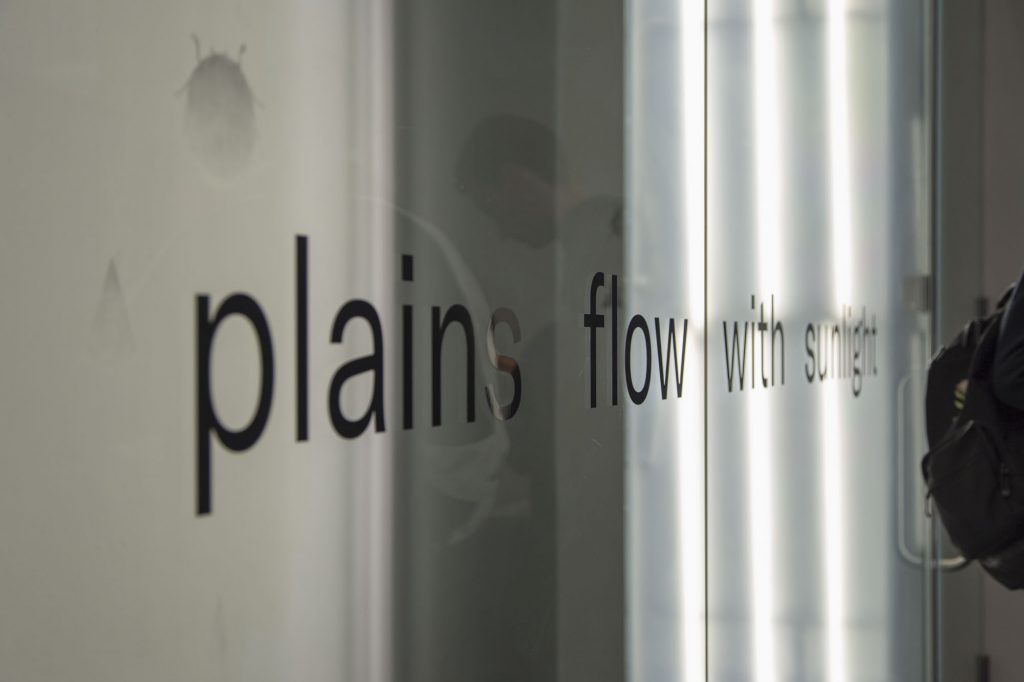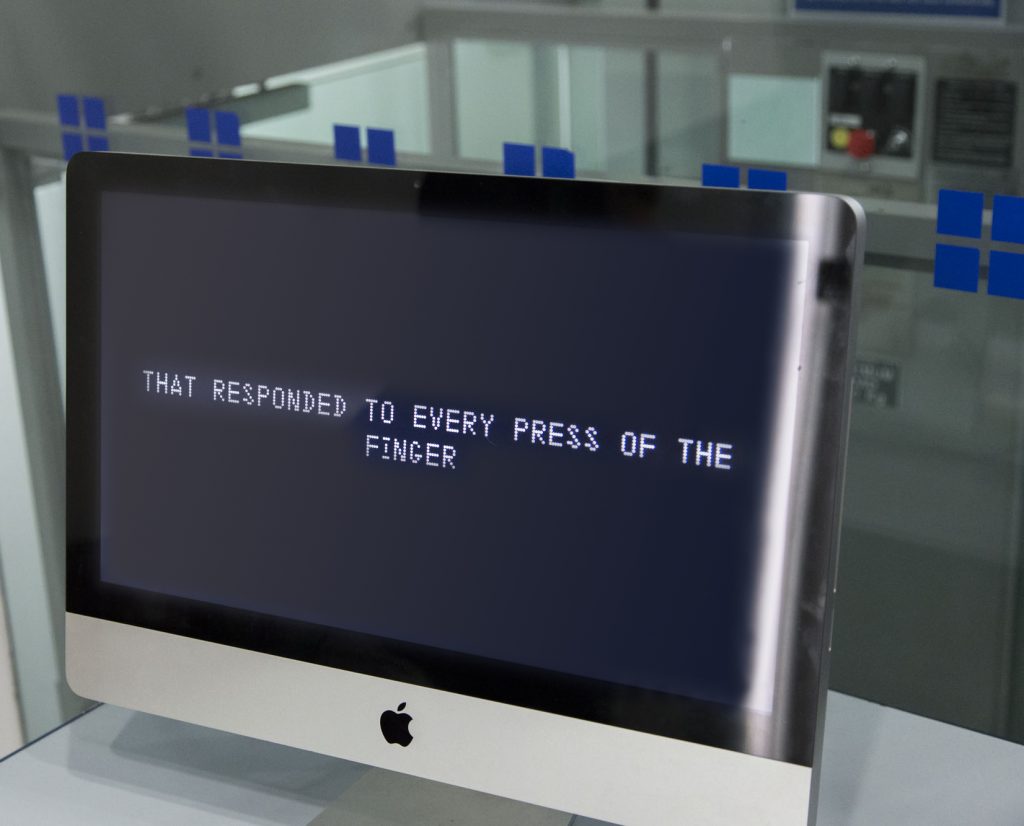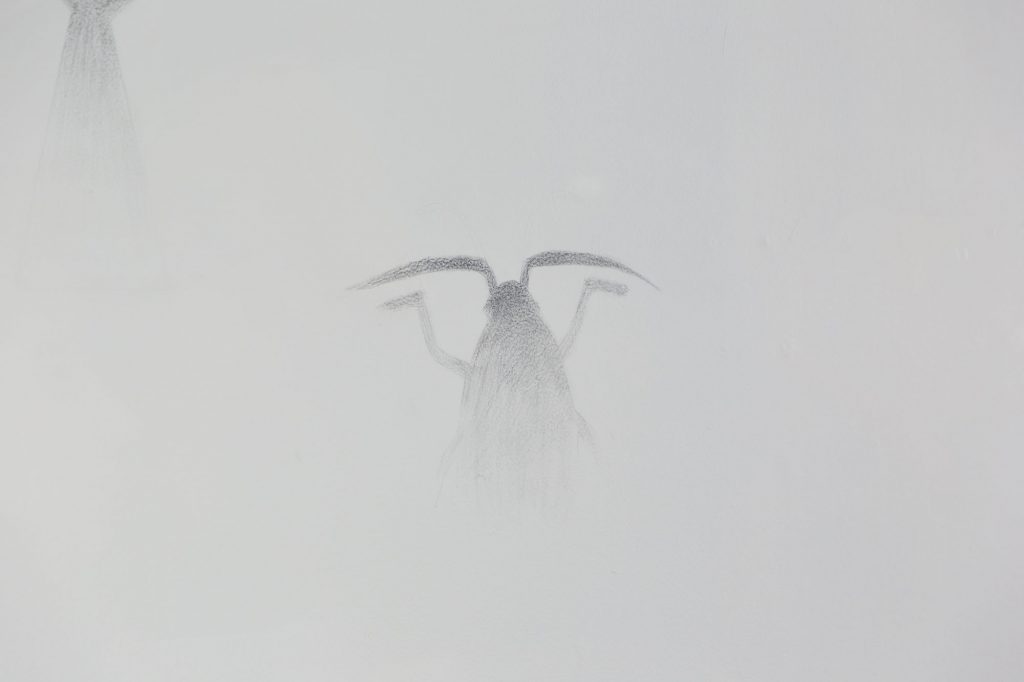A project encouraging critical writing and creative thinking
This project’s resources were originally developed by poet and academic, Lisa Samuels, for a Stage III undergraduate paper in English, Drama and Writing Studies, ENGLISH 305: Modern Writing and Critical Thinking. Lisa ran the course for the first time in 2017.
These resources might be useful to: teachers of creative writing, digital writing, performative writing, and writing across the media.
The project was supported by the SEED Fund grants for 2017.
You might also be interested in similar projects such as: “Letting the letters run ahead of me” and “The Three Lamps.”
Project background
Lisa’s paper, ENG 305, explores “theories and practices of writing and criticality in academic, civic, and artistic contexts in order to consider the scripts that organise literate social practices.” At its heart are questions of “how we are affected by, how we navigate and how we transform our immersive world of signs… how writing functions in paper, installation and digital environments and how we construe and read literary and non-literary texts for different purposes.” The course invites students to “engage critically with their writing and reading practices and … also practice creative alternatives for re-coding what we encounter. This is a critical skills class as well as an opportunity to learn new writings and critical modes.”
Lisa’s teaching innovation project, enticingly entitled Liquid Writing, engaged students in performative writing and creation of new digital contents for the course, as part of their critical inquiry into the forms and modes of writing.
Over the first semester (March-June) of 2017, Lisa’s students developed a “composite presentation of material” (an art installation and digital text), entitled Shortly after emergence, and at any subsequent stage or growth, which throughout the month of May was displayed at the University of Auckland’s General Library Window Gallery (WG), in both the gallery’s physical space as well as online. According to its description on the WG website,
“One key term of this paper is Samuels’ concept of ‘Liquid Writing’, which denotes imaginative responses of the writing subject/s that form passages through a variety of experiential and ideational texts and contexts. This term has been extended to a consideration of the visual, conceptual and physical dimensions of expanded fine arts practice with the assistance of curator and writer Elle Loui August.”
The exhibit’s opening was attended by our staff member Liz Ramsay who wrote her impressions in a blog post. The event also got featured on the Faculty of Arts’ news page.
Below is Lisa Samuel’s reflection on her project.
Project reflection
Project developments in thinking
In working on the details of the project, my knowledge of what’s involved became much more developed. The ENGL Window Gallery* installation focused on source texts as I decided it would be more fruitful to have students focus on collaborating and presenting language as it already happens “everywhere” (in texts, locations, spaces, sites, heard speech, and similar) rather than “composing” from the point of view of solo subjects. The project was a salutary shift in emphasis.
Outside of the ENGL 305 teaching project and relevant to the “writing, writing everywhere” theme, my work expanded in several directions.
How did Lisa use the SEED grant support?
I used the SEED grant support to pay the two assistants and to cover Window Gallery installation costs. It would have been helpful to have an assistant to help wrangle the time-intensive aspects of implementing the details of the new components of ENGL 305, especially given the University of Auckland’s termination of support for tutors, but such funding would have lessened the amount available for the installation assistance and costs. So I made the decision: to have more time and work for me, leaving more money support for the installation arrangements.
Enabling new collaboration
As indicated in the project details above, collaboration with visual and installation arts and with digital components are integral to this project’s uptake of and commitment to writing in public intellection and across educational parameters.
Another collaboration arose from the SEED Grant cooperative: Tanisha Jowsey (Health/Medicine) asked me to write an essay on how to write poetry for inclusion in her writing anthology now published as Medicine Reflections. I delivered my new essay, “Three Steps toward Poetry,” in January 2017 and it was included in the anthology (pages 140-144).
Another SEED Grant recipient I am working with is Alys Longley (Faculty of Creative Arts and Industries / Dance Studies Programme). We are co-supervising a Performance Writing PhD in Creative Practice student, Tru Paraha.
Tru Paraha is included in the March symposium on Performance Writing.
To see the timeline of Lisa’s project development, click here.
Lisa’s original SEED Fund grant project description can be found here.

A shot from the project installation exhibited at General Library’s Window Gallery Photo by Tony Chung
Project resources
For more information about this project, see the exhibition page here.
Below are a list of resources as well as outcomes and deliverables which stemmed from this project:
Outcomes / deliverables
Deliverable: new original pedagogical essay, “Three Steps Toward Poetry,” for Tanisha Jowsey’s SEED Grant-funded anthology Medicine Reflections (February 2017). Pages 140-144. Tanisha approached me after the November 2016 SEED Grant meeting at CLeaR and asked me to write this essay for her project. I was happy to do so and glad to see the excellent final product assembled and published.
Outcome: commencement of the new course ENGL 305, “Modern Writing and Critical Thinking.” Semester 1 2017.
Deliverable: new symposium: Performance Writing. Featuring John Hall, Kelly Malone, and Tru Paraha. Arranged and moderated by Lisa Samuels. 22 March 2017. Owen Glenn Building 040B 2-4 PM.
Outcome: 17 May lecture to ENGL 252, “Introduction to Creative Writing,” on the multi-media aspects of the ENGL 305 installation work.
Outcome: Presentation at the CLeaR Annual Teaching and Learning Symposium.


